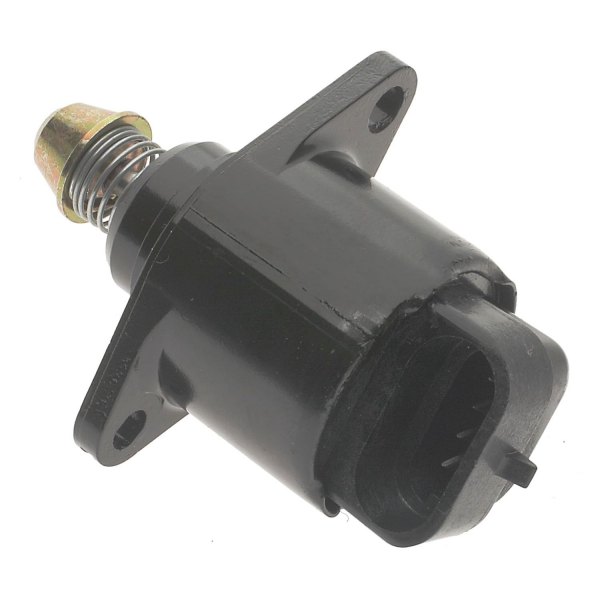The Complete Guide to IAC Valve Replacement
When it comes to maintaining your vehicle's performance, focusing on the idle air control valve is crucial. This tiny but crucial component has a major role in regulating engine idle speed by governing the amount of air that gets into the engine when the throttle is shut. A defective idle air control valve can cause a variety of issues, ranging from erratic idling to stalling, making it necessary for drivers to identify the indications that indicate a need for repair.
Understanding when to replace your idle air control valve can preserve you efforts, money, and the aggravation of unexpected malfunctions. If you're facing issues starting your vehicle, observing rough idling, or encountering low fuel economy, these indicators may point to a faulty valve. In this manual, we will explore the typical signs of a failing idle air control valve and provide you with all the details you need to ensure your automobile runs efficiently.
Understanding the Idle Air Control Mechanism
The idle air control unit, commonly abbreviated as the IAC, is a vital piece in your vehicle's engine management system. It manages the amount of air that flows around the throttle plate, ensuring the engine keeps a steady idle speed when the vehicle is not in motion. This is notably significant for fuel efficiency and fluid vehicle operation.
When the engine is not warm, the IAC valve allows more air to enter, which assists in increasing the idle speed for proper engine performance during first startup. As the engine heats up, the valve changes to let in less air, balancing the idle speed. A properly working idle air control valve plays a significant role significantly to overall engine efficiency and responsiveness.
However, like any mechanical element, the idle air control valve can deteriorate or become contaminated over time. Symptoms of a defective IAC valve are rough idling, stalling, or an unpredictable idle speed. Identifying these signs soon can enable you determine when it is time for a replacement to ensure your vehicle's performance and performance.
Signs of a Failing IAC Valve
One of the most evident indicators of a defective idle air control valve is erratic idle speed. If your vehicle's engine revs up and down while idling or if it stalls unexpectedly, it could indicate that the idle air control valve is malfunctioning. This irregular performance often leads to an unstable engine performance and can result in an uncomfortable driving experience.
Another common symptom is a uneven engine idle. When the idle air control valve malfunctions, it might fail to control the air entering the engine correctly. As a result, the engine may make unusual noises, or you may feel shaking when stopped in traffic or at a stoplight. This unevenness can be accompanied by a reduction in overall engine performance, hindering your ability to drive smoothly.

Additionally, if you find poor acceleration, this may also be associated to a failing idle air control valve. When the valve is not adjusting the airflow correctly, it can restrict the engine's response when you press the gas pedal. If you see that your vehicle pauses or has difficulty to gain speed, it is important to have the idle air control valve checked and possibly replaced. spintax ## Step-by-Step Substitution Procedure
Begin the change procedure by making sure your vehicle is parked on a flat surface with the engine turned off and cooled down. Unplug the negative battery terminal to avoid any electrical shorts while performing maintenance on the idle air control valve. Locate the idle air control valve on the throttle body of your engine; it is usually mounted with a couple of screws or bolts. Take note of how it is positioned to help with the new valve placement.
Gently detach the old idle air control valve by removing the attachment points and disconnecting any electrical connectors. It's essential to clean the mounting surface to get rid of any debris or carbon build-up from the old valve. If your vehicle uses a gasket, make sure to replace it with a new one to ensure a secure seal. Place the new idle air control valve in place, reattach it using the screws or bolts, and plug back in the electrical connectors firmly.
Once the new valve is fitted, reconnect the negative battery terminal and turn on the engine. Let it to idle for a few moments to confirm that the new valve is functioning properly. Look for any check engine light alerts on your dashboard, and while the engine is running, listen for any unusual noises or irregular idle behavior. If everything seems normal, your idle air control valve replacement is complete, and you can take your vehicle for a test drive to confirm proper operation.